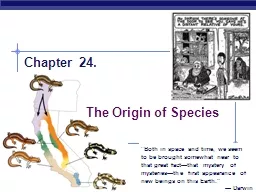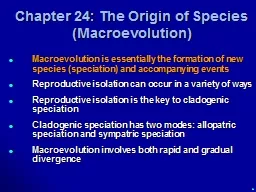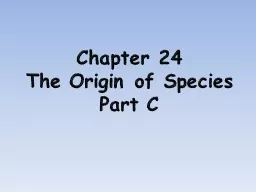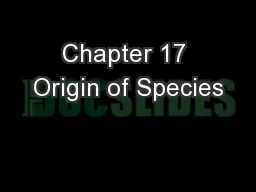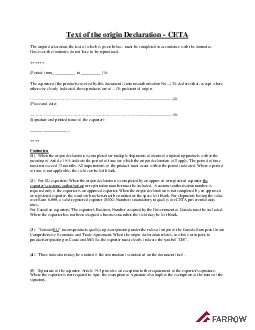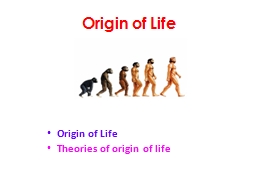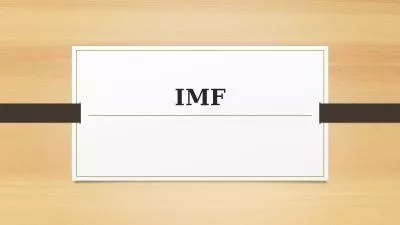PPT-Chapter 24. The Origin of Species
Author : danika-pritchard | Published Date : 2018-10-04
Both in space and time we seem to be brought somewhat near to that great factthat mystery of mysteriesthe first appearance of new beings on this Earth Darwin What
Presentation Embed Code
Download Presentation
Download Presentation The PPT/PDF document "Chapter 24. The Origin of Species" is the property of its rightful owner. Permission is granted to download and print the materials on this website for personal, non-commercial use only, and to display it on your personal computer provided you do not modify the materials and that you retain all copyright notices contained in the materials. By downloading content from our website, you accept the terms of this agreement.
Chapter 24. The Origin of Species: Transcript
Download Rules Of Document
"Chapter 24. The Origin of Species"The content belongs to its owner. You may download and print it for personal use, without modification, and keep all copyright notices. By downloading, you agree to these terms.
Related Documents

